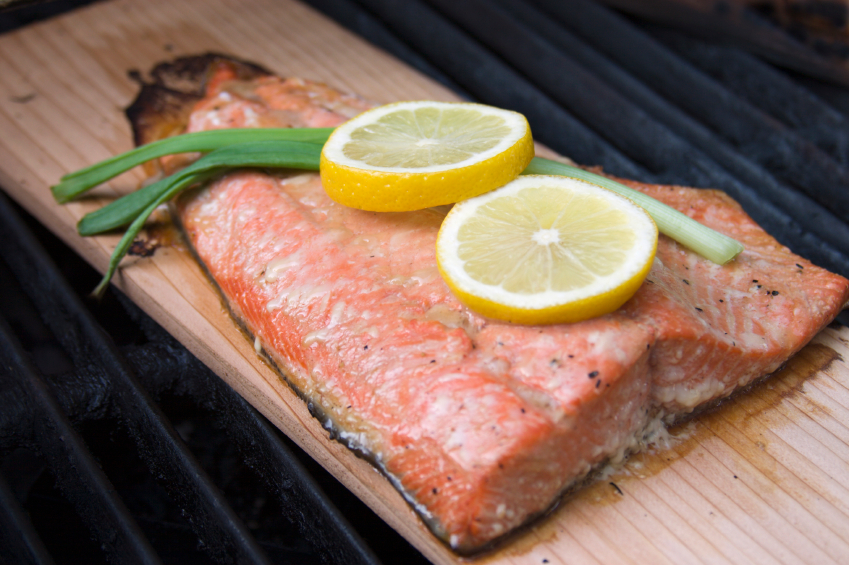Losing your joint cartilage ages you fast. It takes away your independence and leaves you in constant, awful pain. Here are 5 ways to make sure your joints stay supple and pain-free.
1. Elastin: It’s a protein found in connective tissue that works alongside collagen. Like the name suggests, it allows your tissue to stretch. Not having enough causes wrinkles to form on your face. But it’ll also weaken the cartilage in your joints, robbing you of your mobility.1
To stay loose and pain-free, your best bet is to find foods that support the elastin in your body. Vitamin C is essential. Foods like red bell pepper, broccoli, kiwi, and kale are great sources. They have more vitamin C per serving than an orange.
2. Astaxanthin: The cartilage in your knee joints is just as prone to damage from free radicals as your eyes and skin.2 A powerful antioxidant will help keep it protected. And astaxanthin is 60 times stronger than vitamin C when it comes to fighting oxidative stress.
Astaxanthin can be found naturally in cold water fish like salmon. A six ounce serving will give you about four milligrams. You can find the same amount in supplement form too. And if you’re already taking krill oil, you’re getting some astaxanthin in each serving.
3. Vitamin D3: D3 builds strong bones and a healthy immune system. It’s also important in regulating your hormones. And it preserves the cartilage in your joints. People with lower levels of vitamin D3 are more likely to experience osteoarthritis. Higher levels of D3 also slow the progression of osteoarthritis.3
You can get more of this vitamin simply by spending more time in the sun. You can also add more of it to your diet by eating eggs, mushrooms, and wild-caught salmon. If you’re going to take a supplement, make sure it comes from a natural food source.
4. Hyaluronic acid (HA): You’ll find it in every joint and piece of cartilage in your body. Hyaline cartilage covers long bones at the joints where they bend. It’s the same cartilage in the tip of your nose. HA moves nutrients into your cartilage while taking the waste out. As you get older, your body produces less of it.4
Some vegetables, like carrots and green peas, promote the production of HA in your body. You can also choose from one of the many supplements available to promote strong cartilage in your joints. HA is better absorbed with you take it with an omega-3 source like krill oil.
5. Sulfur: It helps the proteins in your joints maintain their shape and function correctly. Sulfur helps maintain the structural strength of your joints and keeps cartilage where it belongs.5 Arthritic cartilage has about one-third of the sulfur content of regular tissue.6
A lack of sulfur leads to muscle soreness, joint stiffness, and a loss of flexibility. But you can fix this before it ever becomes a problem by adding more sulfur to your diet. You’ll find sulfur in onions, kale, garlic, organic eggs, and asparagus.7
Nothing makes you feel older or slows you down more than losing the cartilage in your joints. But if you take the steps to support your cartilage while you still have it, you can help prevent osteoarthritis.
Restoring your cartilage will comfort your joints if you’re suffering a little “wear-and-tear” from getting older. But getting older isn’t the only cause of arthritis. There are three surprising reasons your doctor doesn’t know about—including one that’s lurking in 75 percent of people with joint pain. If you want to prevent arthritis, our latest issue of Natural Health Dossier delivers a new Joint Rescue Protocol for a Pain-Free Life. It will help you find out what’s causing your stiffness and pain and show you how to stop it in as little as 7 days. CLICK HERE to learn how to get your unique protocol.
Like this Article? Forward this article here or Share on Facebook.
References:
1http://healthyeating.sfgate.com/foods-build-collagen-elastin-2217.html
2http://www.healthline.com/health-slideshow/osteoarthritis-diet#2
3http://www.synviscone.com/knee-exercise-center/nutrition-and-weight-loss/vitamin-d-may-help-defend-against-knee-osteoarthritis.aspx
4http://www.hyalogic.com/main/about_hyaluronic_acid
5http://www.msmguide.com/jointpain/improvejointhealth/
6http://www.ncbi.nlm.nih.gov/pubmed/7561728
7http://articles.mercola.com/sites/articles/archive/2011/09/12/the-third-abundant-mineral-in-your-body-are-you-getting-enough.aspx


